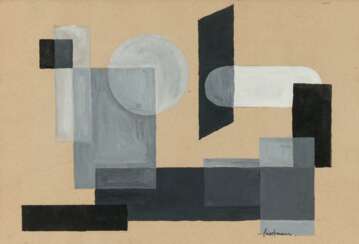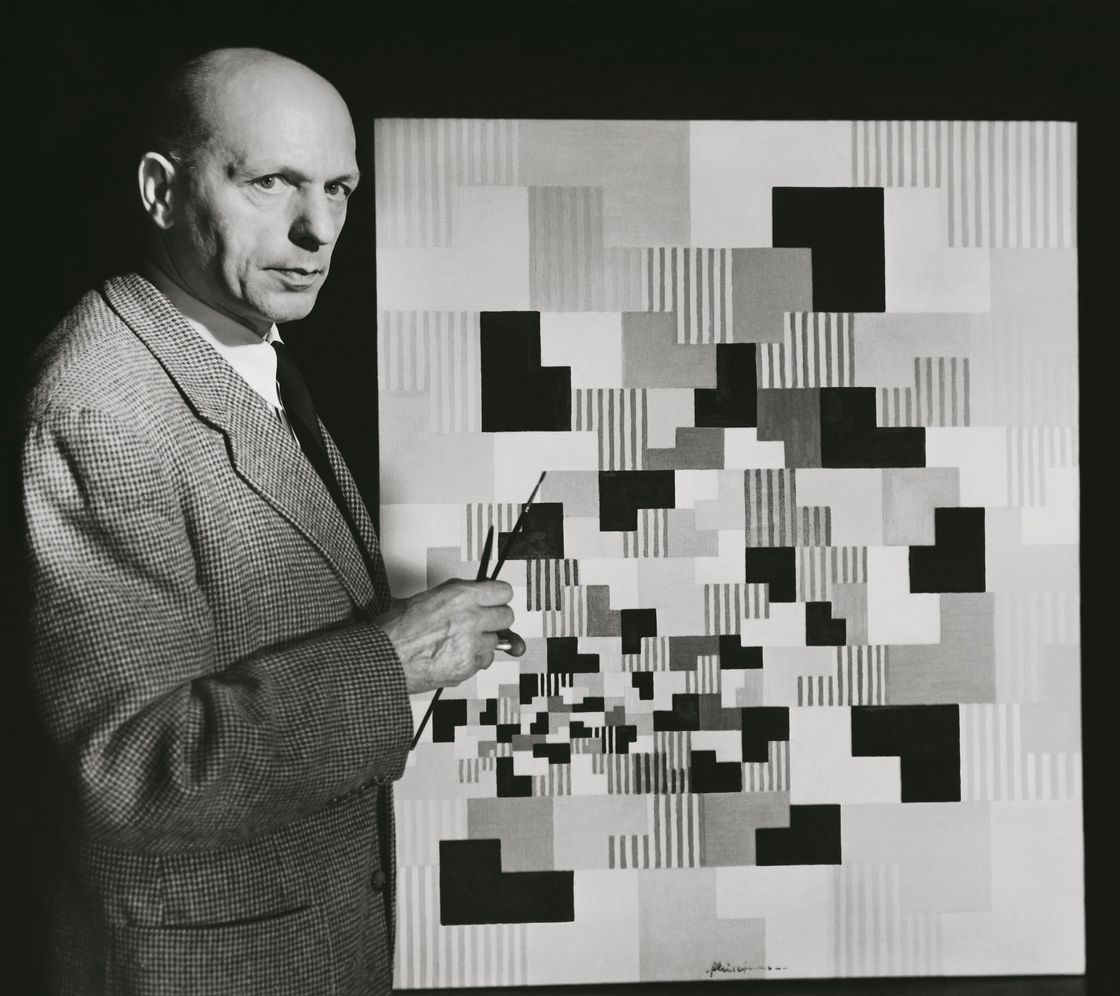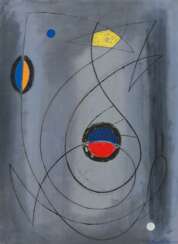
Post War paintings, drawings, watercolours — Contemporary
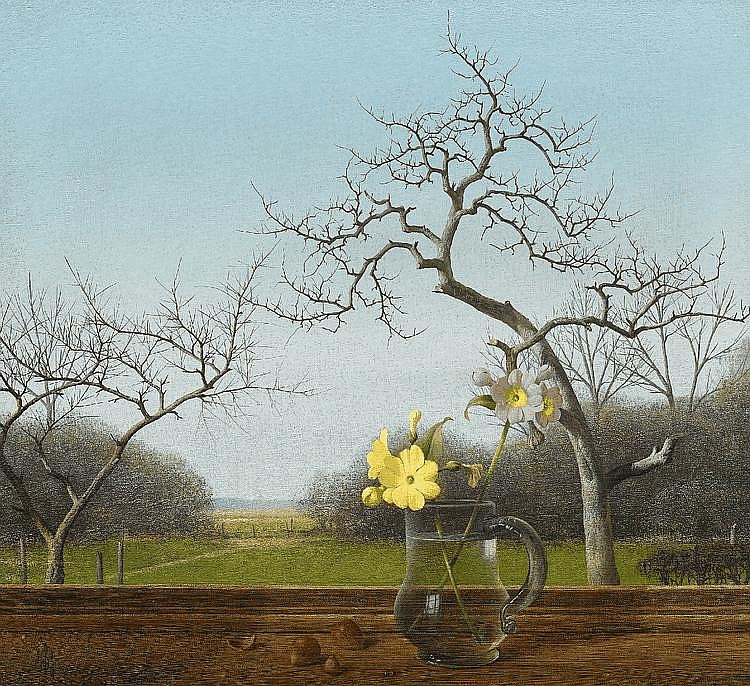
Herbert Böttger was a German artist. He is considered one of the most important representatives of magical realism in Germany. He studied painting at the Dusseldorf Academy of Art.
Herbert Böttger was a member of the Rhine Secession, was awarded the Prussian State Prize and received the Albrecht Dürer Prize from the city of Nuremberg.
Böttger's paintings are characterised by the composition of the old masters and a photorealistic painting style, but at the same time seem surreal because of their exaggerated realism.
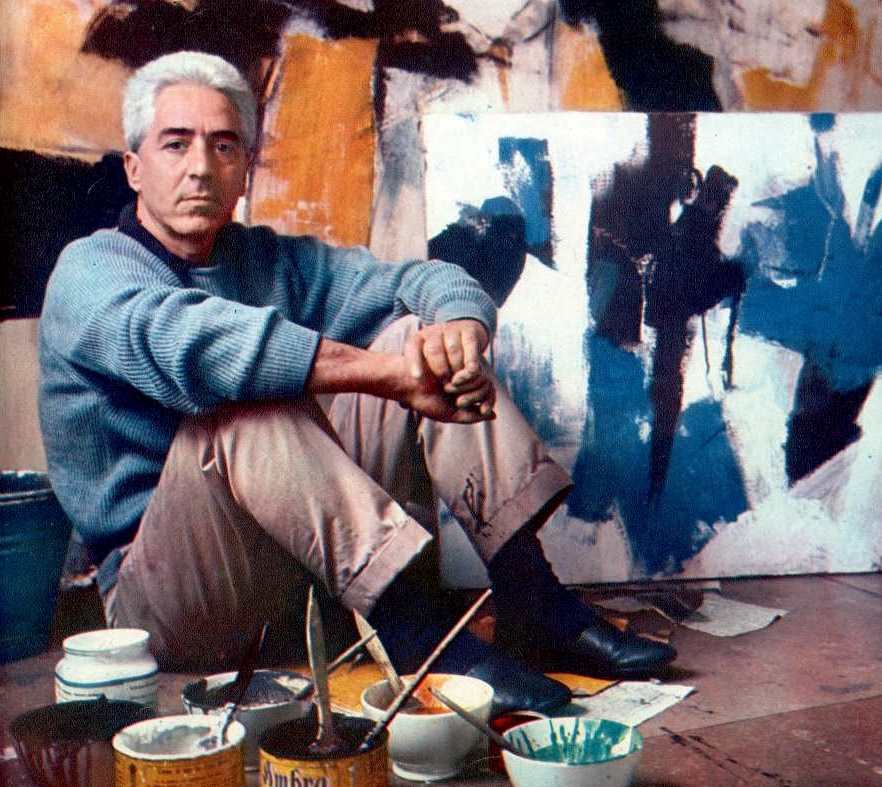
Afro Basaldella was an Italian abstractionist painter, a representative of lyrical abstraction, better known as Afro.
Afro's father and uncle were decorators, his two older brothers became sculptors, and to avoid confusion with surnames, the artist began signing his works with his first name only. Bazaldella trained in Florence, Venice and Rome. Shortly after graduation, his first monographic exhibition was held in Milan.
From 1935, Afro exhibited regularly at the Quadrennale in Rome and the Biennale in Venice. He made frescoes, notably for the Udine Opera House, and mosaics, and tried his hand at painting in a variety of directions. In 1941 he became a lecturer in mosaic painting at the Venice Academy of Fine Arts, and in 1950 he caused a sensation in the United States, and by the mid-1950s Afro's art was world famous.
Afro interpreted the Italian tradition in a modern abstract form that resulted from his painterly studies of color harmony.
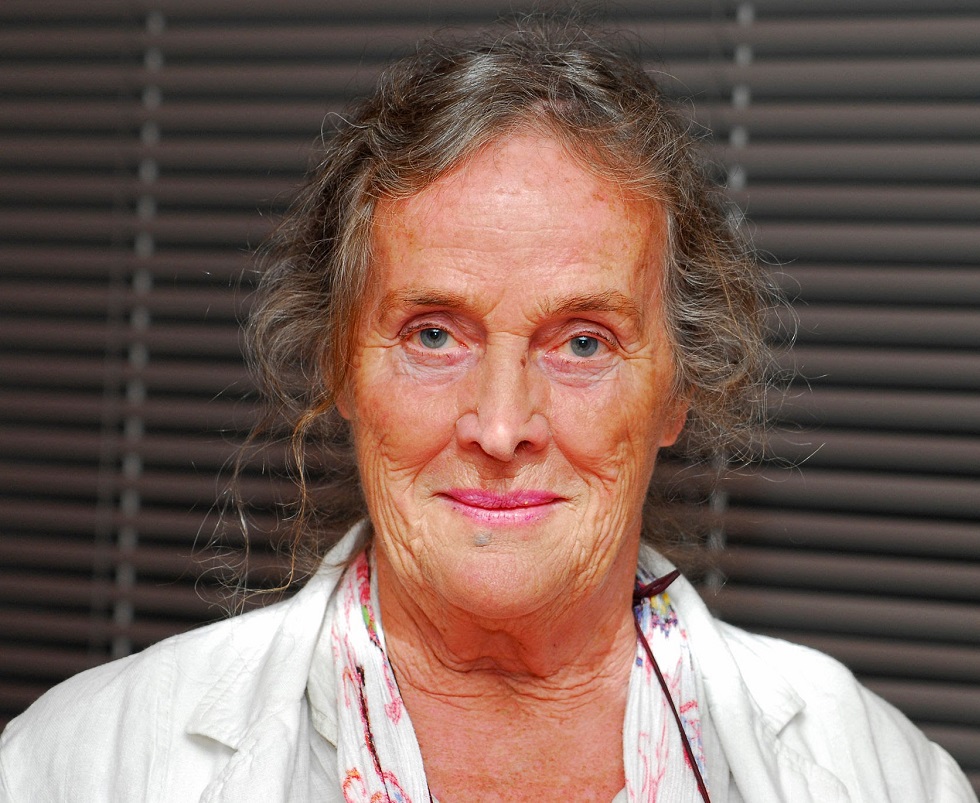
Mary Hildegard Ruth Bauermeister was a German artist who worked in sculpture, drawing, installation, performance, and music. Influenced by Fluxus artists and Nouveau Réalisme, her work addresses esoteric issues of how information is transferable through society. Beginning in the 1970s, her work concentrated on the themes surrounding New Age spirituality, specifically geomancy, the divine interpretation of lines on the ground.
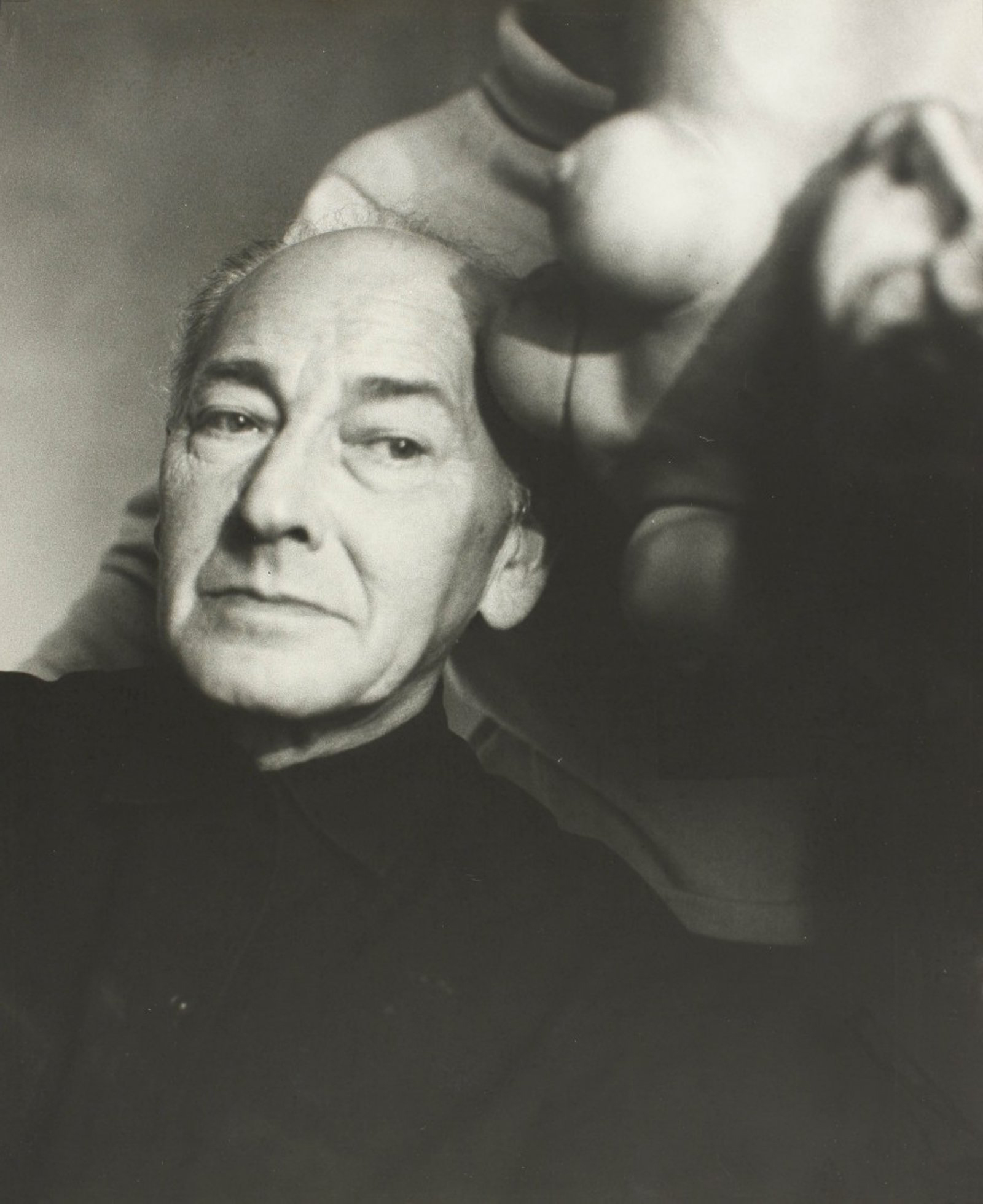
Hans Bellmer was a German graphic artist, sculptor, photographic artist, illustrator, and writer who spent most of his life in France.
In the 1930s Bellmer began working on the eroticized image of the deformed doll, contrasting it with the aesthetics of the "classical" body in Hitler's Germany. His graphic and literary explorations focus on the dismemberment and liberation of bodies. Bellmer's surrealist works are violent and provocative: they include puppet sculptures composed of the bodies of nude models, photographs, and prints.
In 1934, 18 photographs of dolls were published in the Parisian surrealist magazine Minotaur, and the Nazi regime declared Bellmer's art degenerate. In 1938, Bellmer emigrated to France.
After the end of the war, the artist continued his work, adding poetry to painting. He also authored illustrations for many works, particularly on erotic themes.
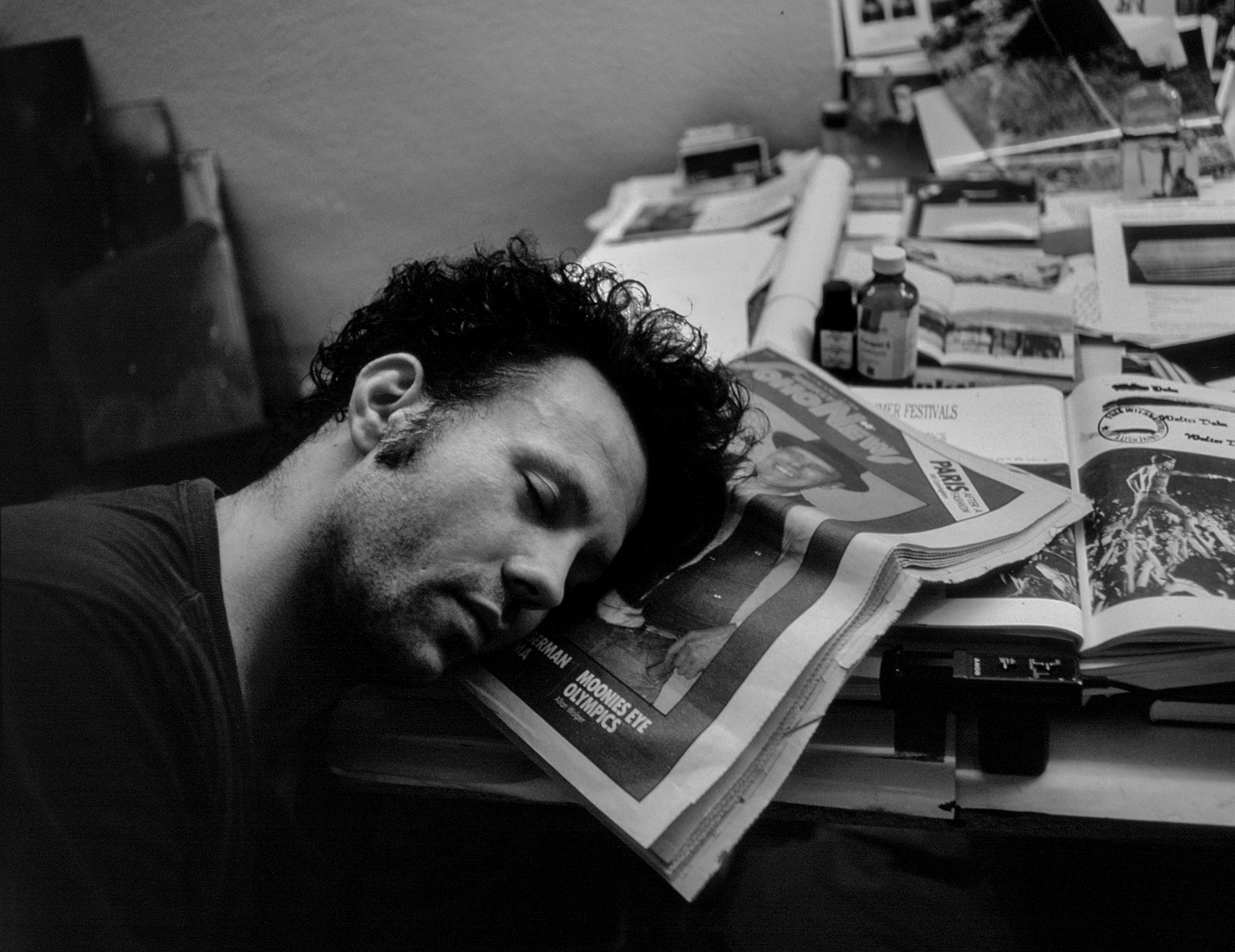
Walter Dahn is a German Neue Wilde artist who lives and works in Cologne.
Walter Dahn's work includes works of various media: photographs, drawings, logos, paintings, collages, stencil printing, installations and videos.
In addition to visual art, Dahn also works in music.
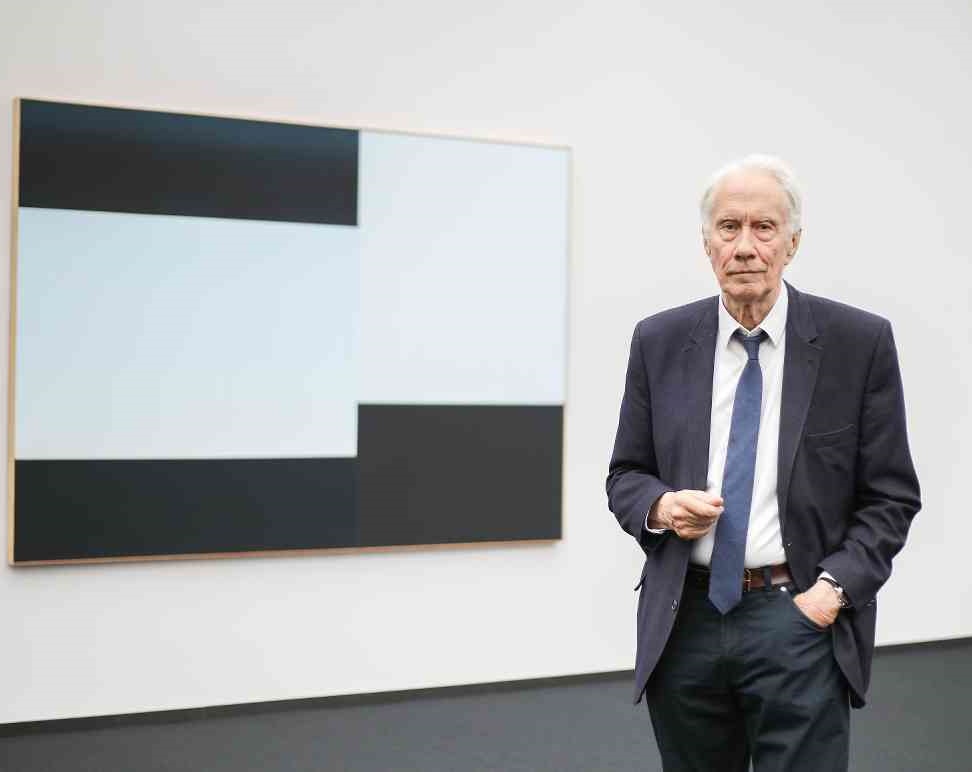
Ulrich Erben is a German painter. From 1980 to 2005, he was a Professor of Painting at the Kunstakademie Münster (University of Fine Arts Münster). He is known as a master of the color field style of abstract painting, closely related to abstract expressionism, in which he creates tension between a defined surface structure, his own method of applying paint to a canvas, and the relationship of various shades of white or color to each other in their placement as part of a composition on the flat plane of a canvas. In 1986 and 2008, he was awarded the Konrad-von-Soest Prize for Visual Arts by the Landschaftsverband Westfalen-Lippe (Landscape Society Westphalia-Lippe).
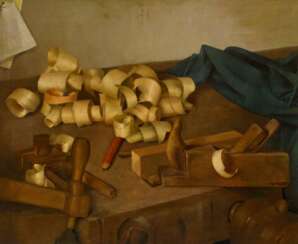

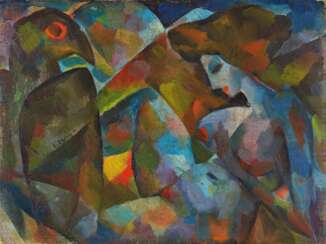

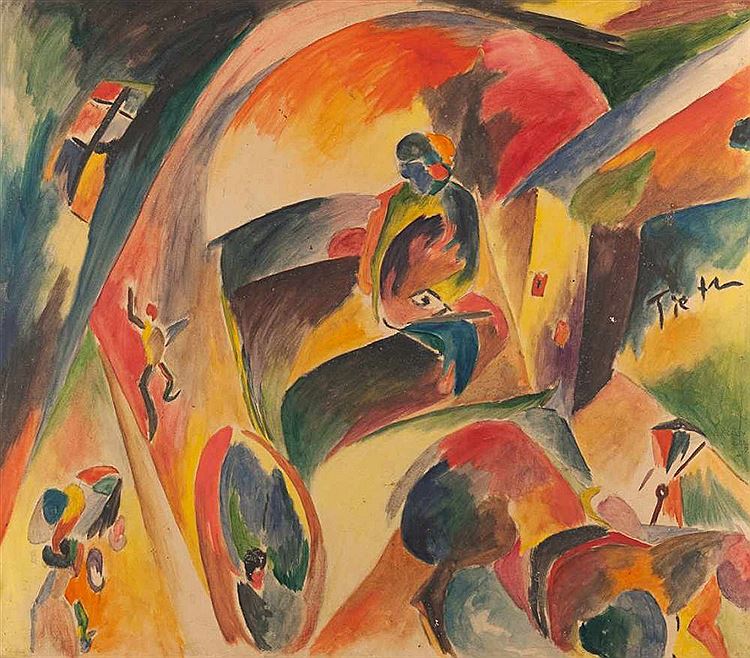
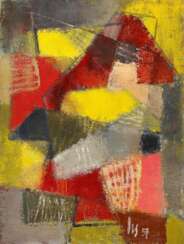

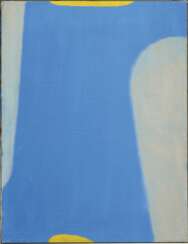

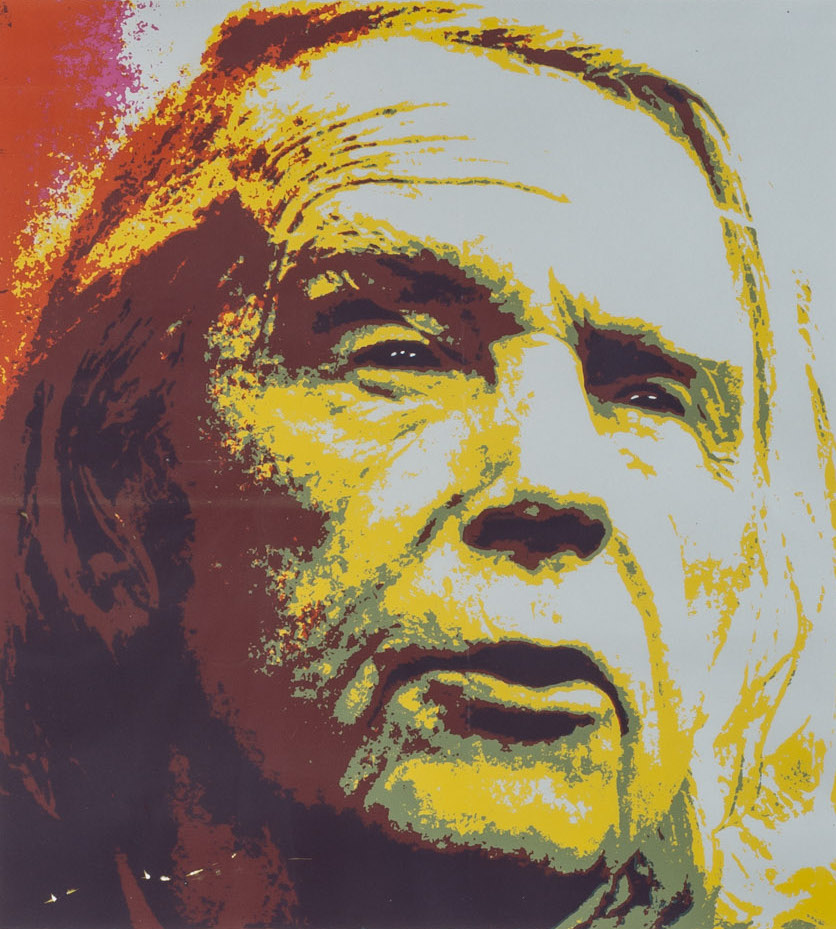


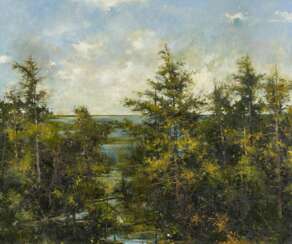

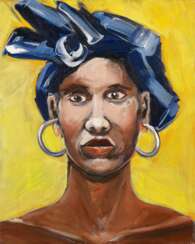

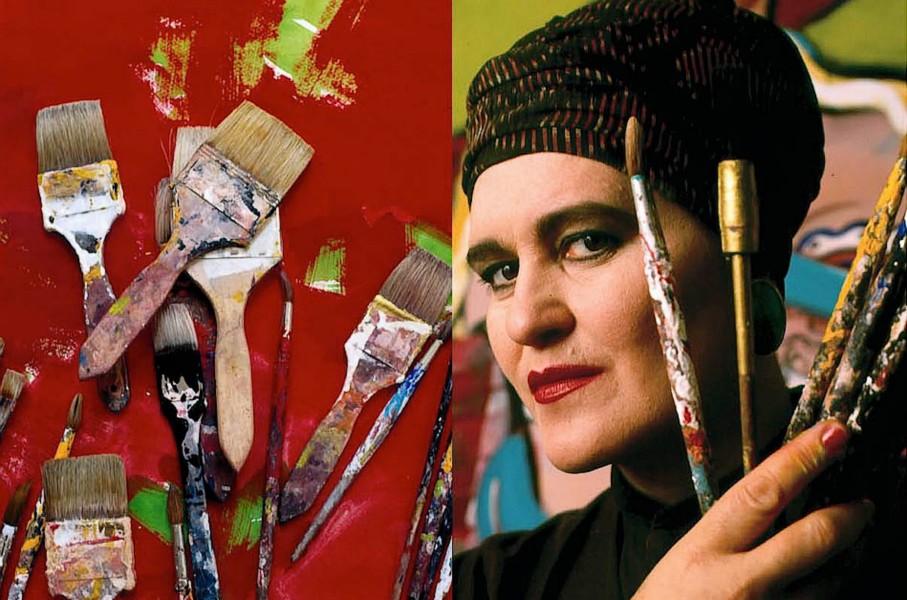




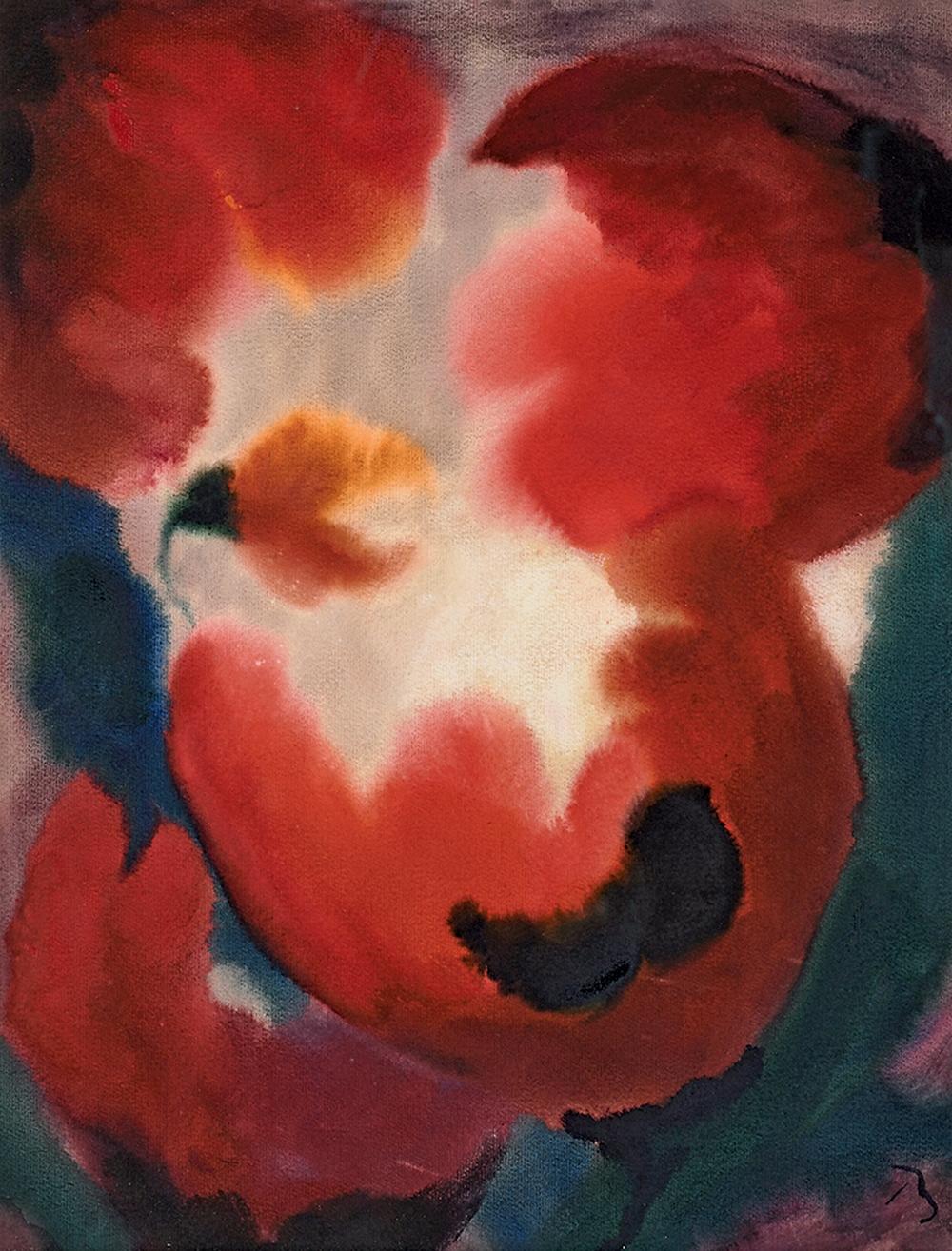
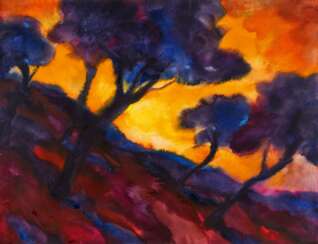

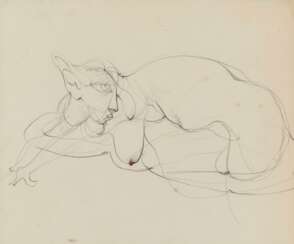



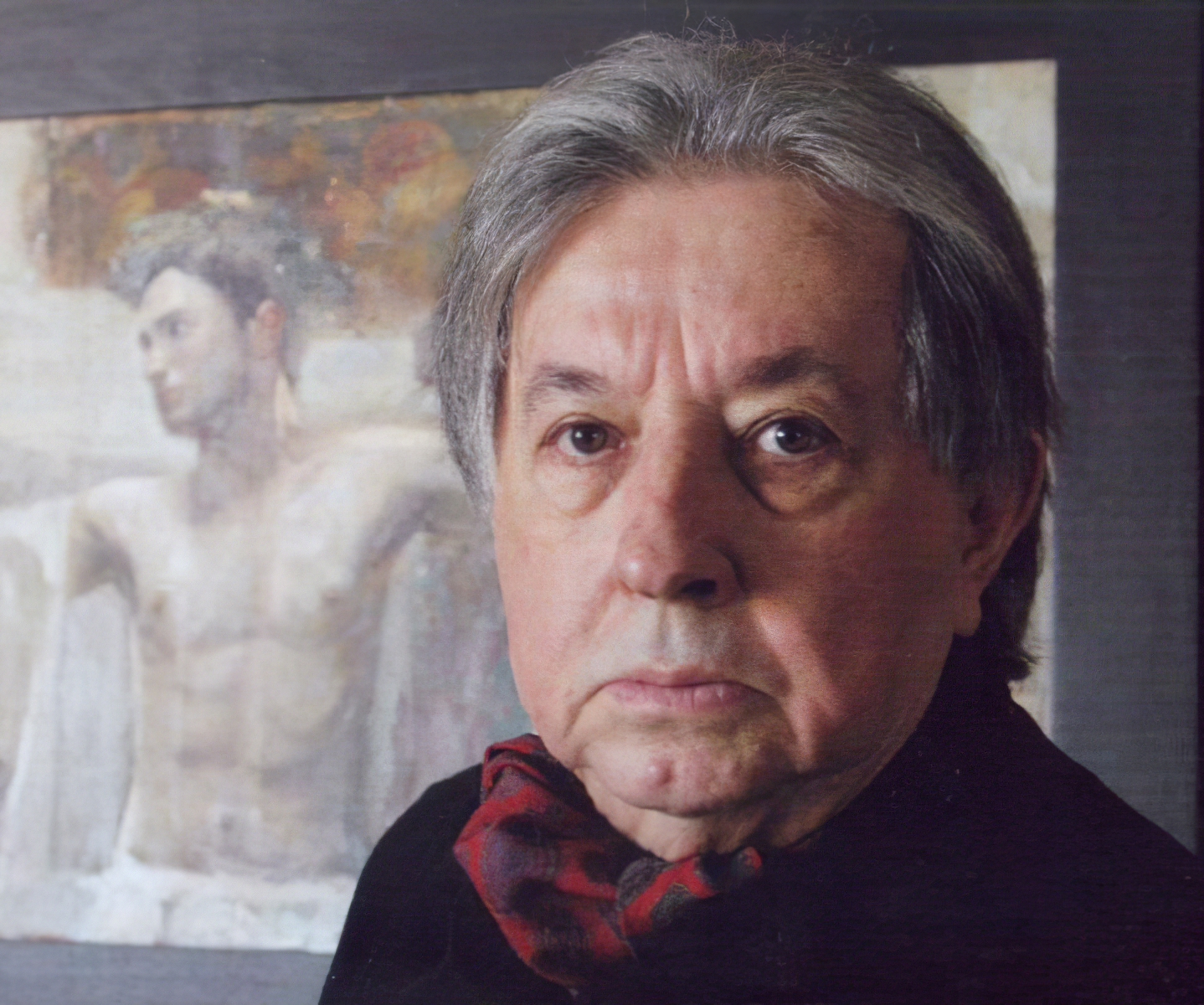




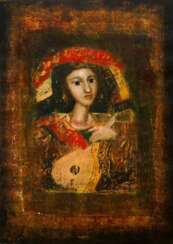

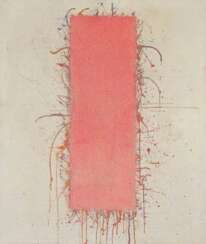

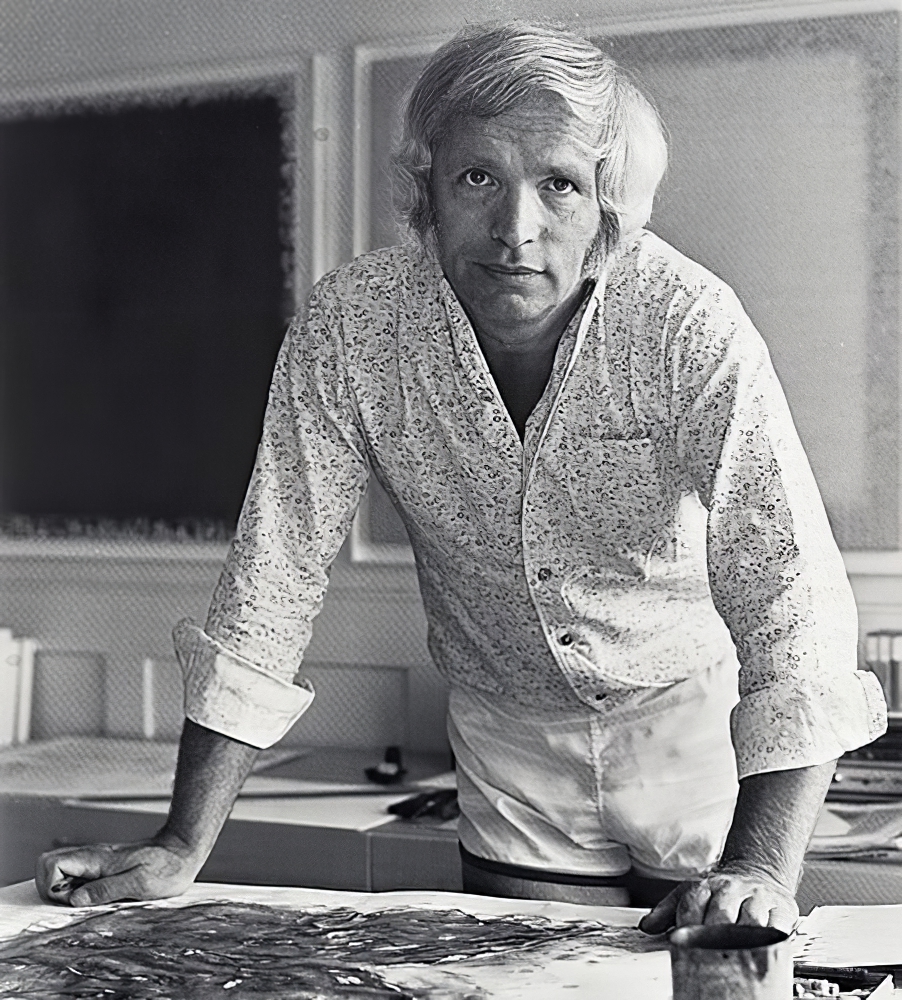
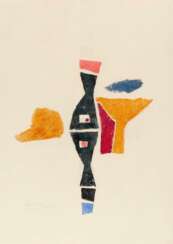

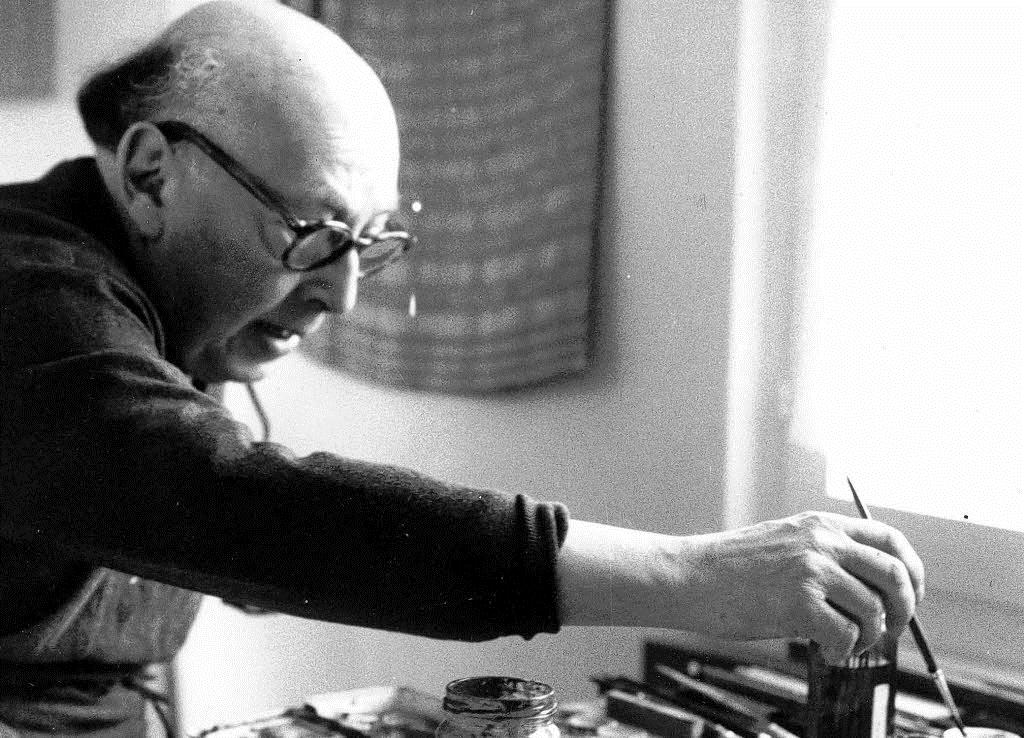


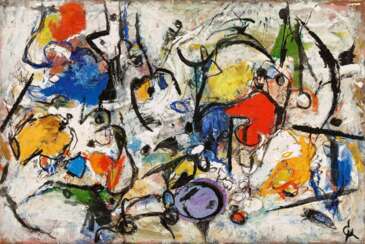

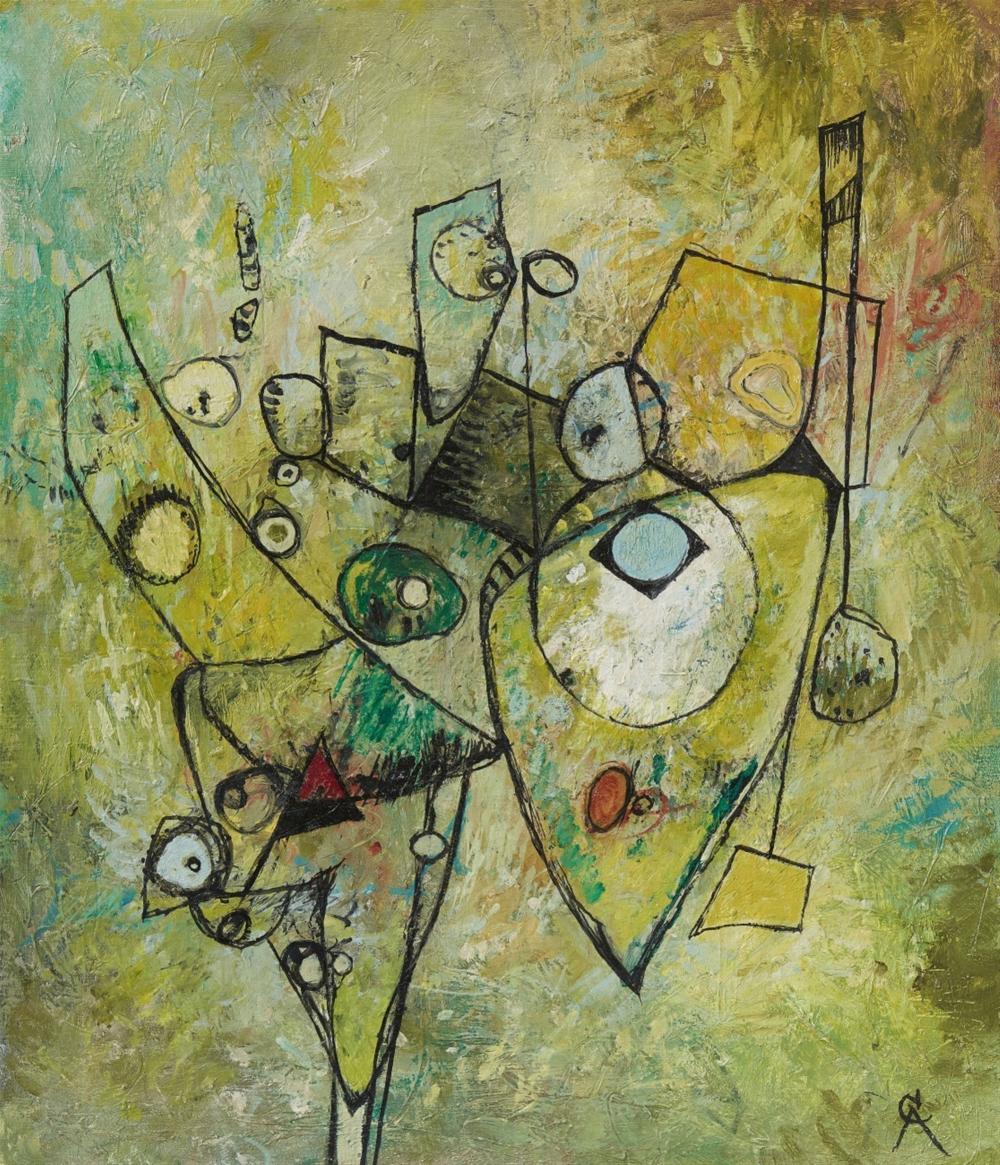
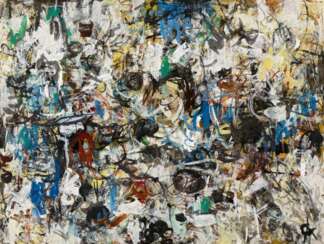



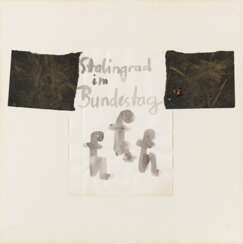

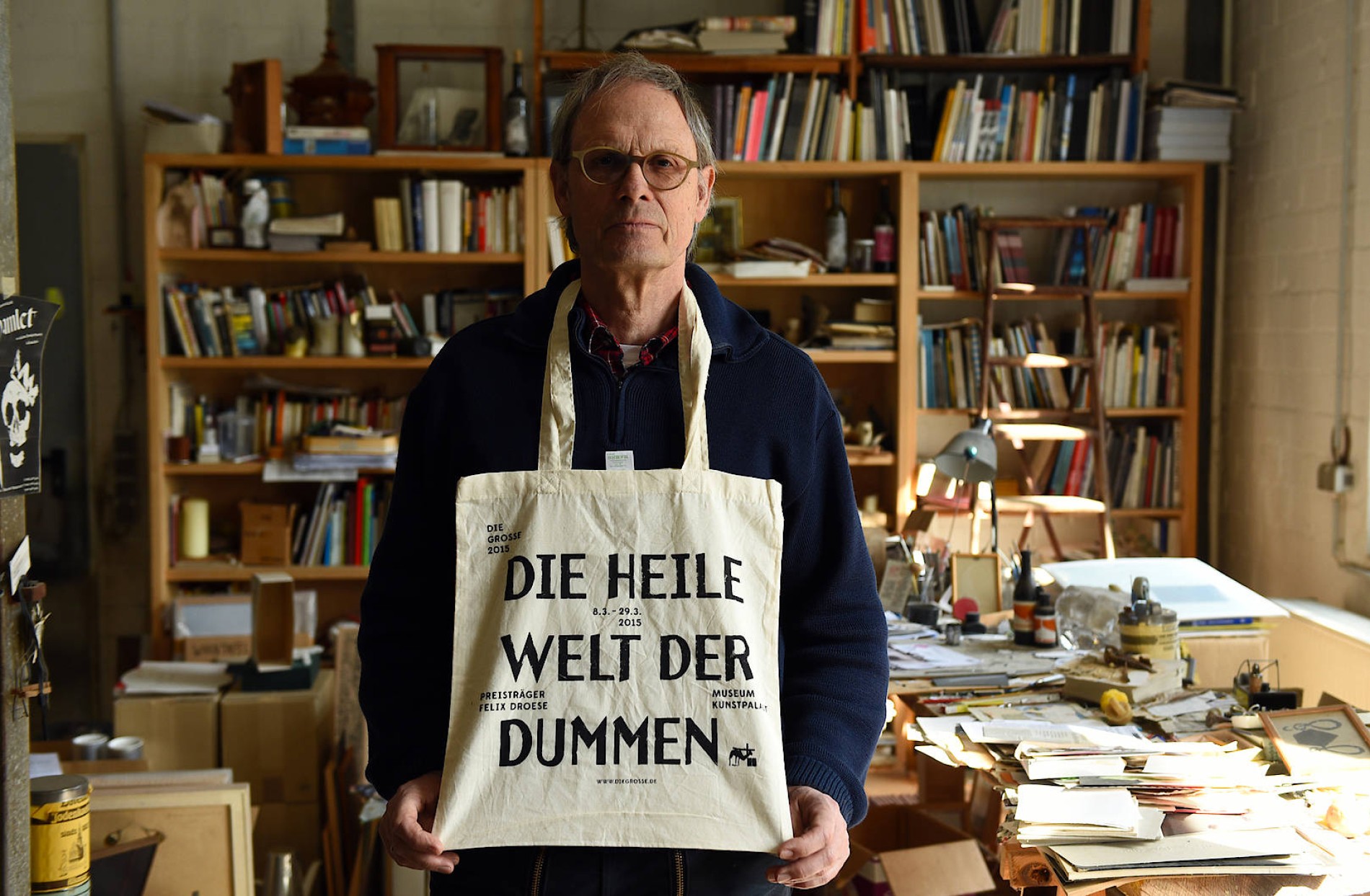
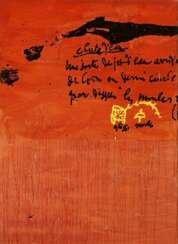

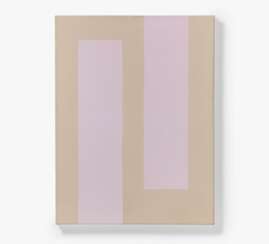



.jpg)




